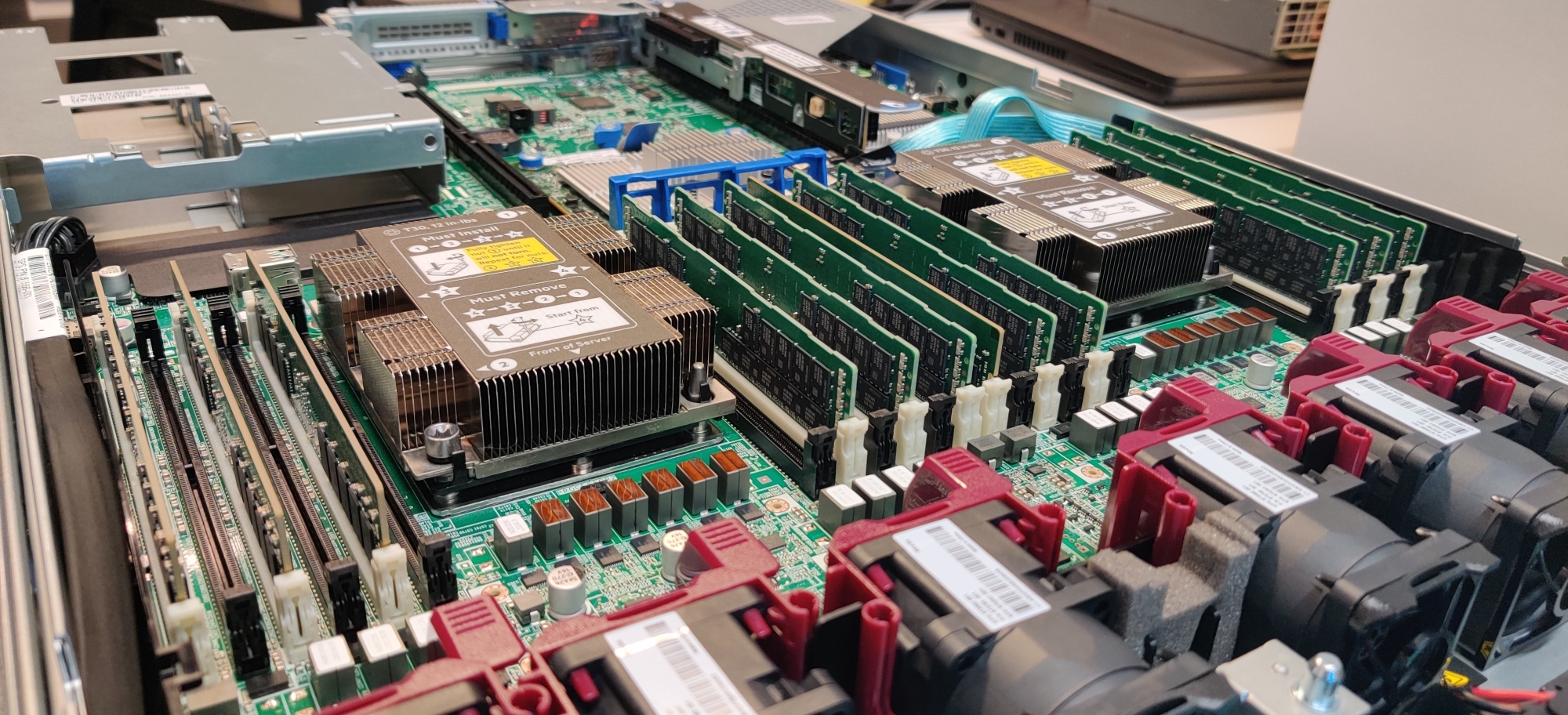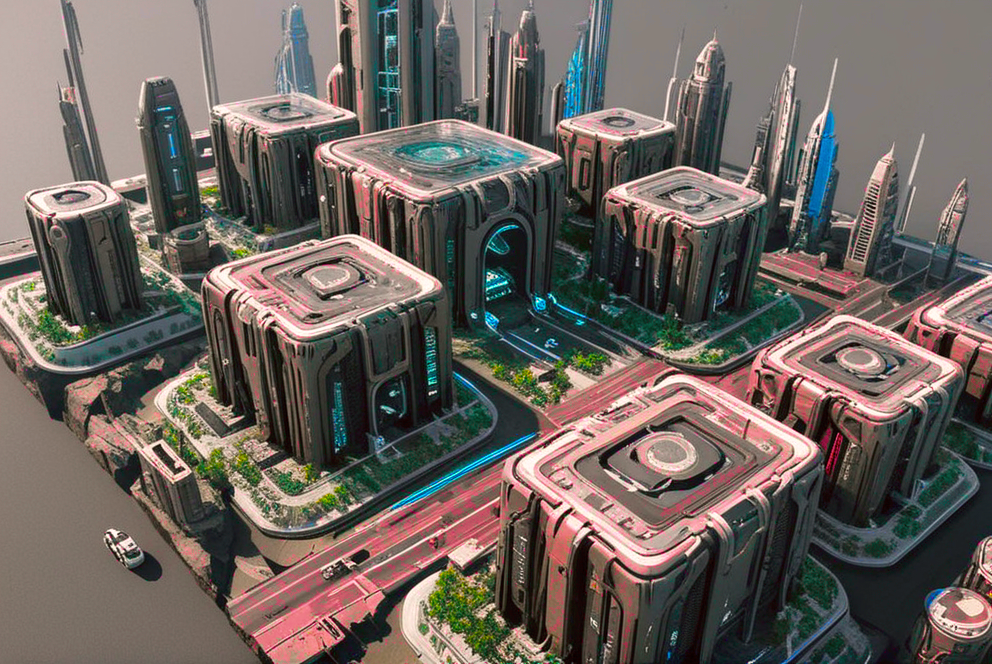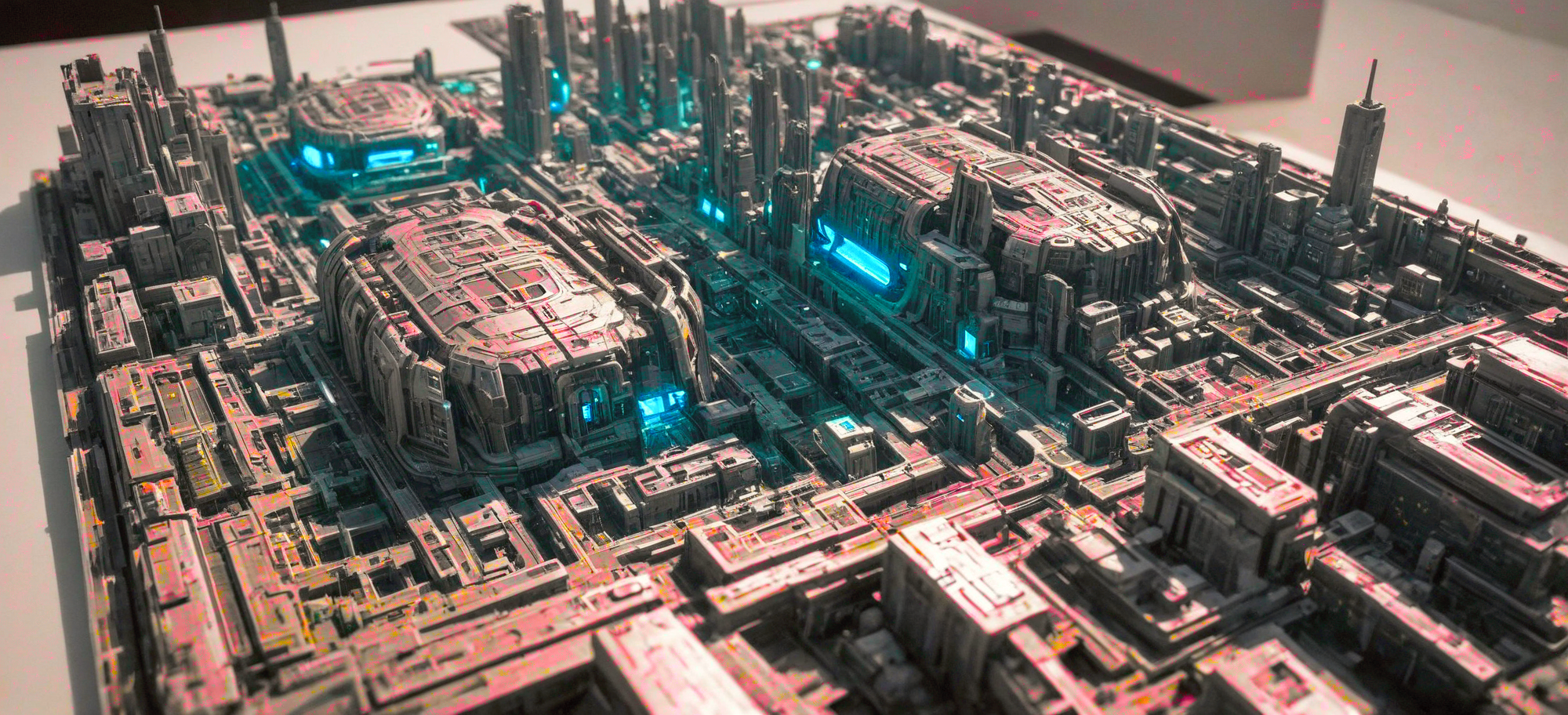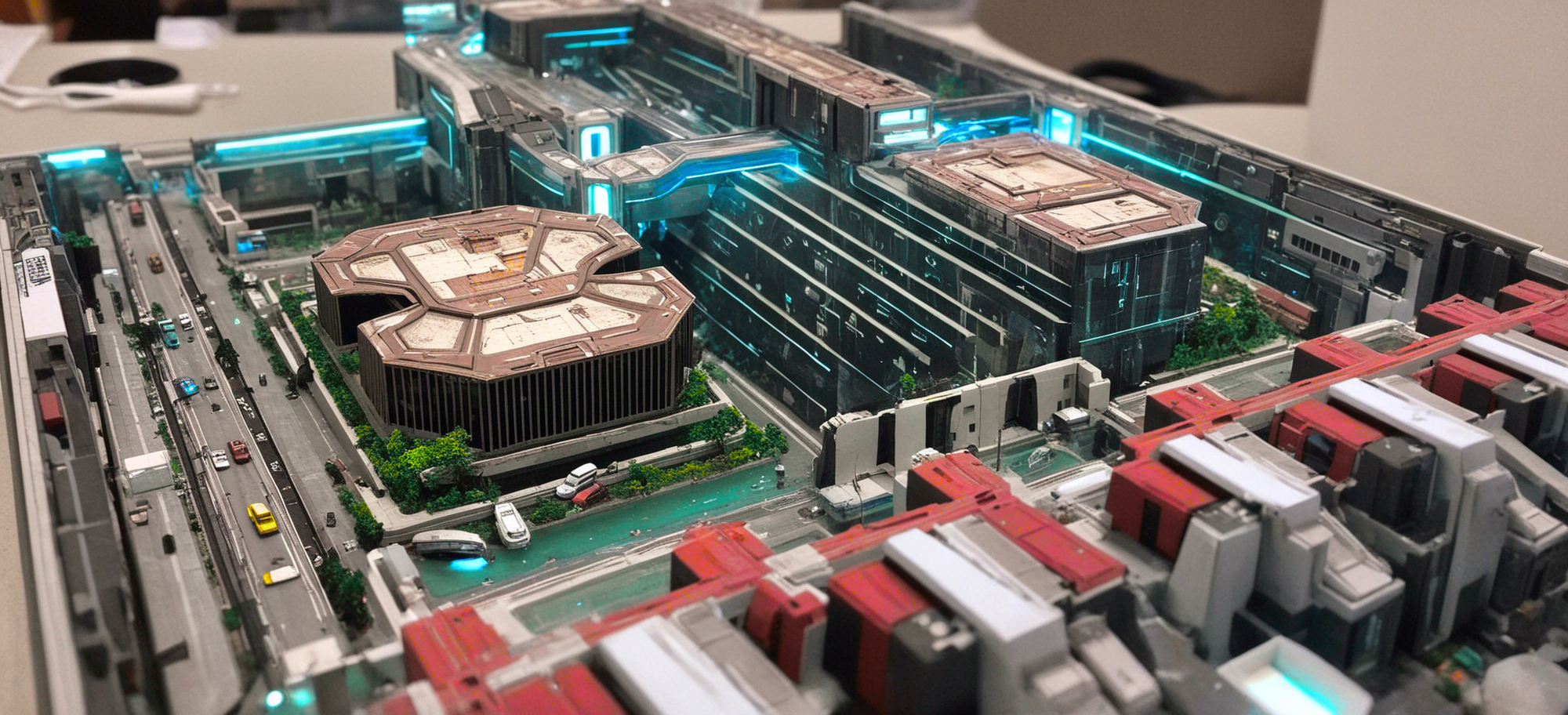And the printed manual that came with the computer showed you how to program it.
aard
It's not just cores - it is higher performance per rack unit while keeping power consumption and cooling needs the same.
That allows rack performance upgrades without expensive DC upgrades - and AMD has been killing dual and quad socket systems from intel with single and dual core epycs since launch now. Their 128 core one has a bit too high TDP, but just a bit lower core count and you can still run it in a rack configured for power and cooling needs from over a decade ago.
Granite rapids has too high TDP for that - you either go upgrade your DC, or lower performance per rack unit.
For people who weren't looking for a developer workstation back then: Threadripper suddenly brought the performance of a xeon workstation costing more than 20k for just a bit over 2k.
That suddenly wasn't a "should I really invest that much money" situation, but a "I'd be stupid not to, productivity increase will pay for that over the next month or so"
Just wanted to comment that this should happen faster than in a few years... and then checked the calendar
Also worth mentioning is that there's a plugin for Krita which allows both generating and inpainting from inside krita. Especially for inpainting you can get incredible results by combining with proper selections from inside krita.
So CrowStrikes strategy is "you installed CrowStrike while TSA told you not to install it, as was clearly proven by us taking down your network, so we're not at fault"?
If you can afford it see if Eaton has a smaller tower UPS suitable for you.
Recall is a legal term for the car industry which includes stuff like reporting obligations. So if the defect meets the severity level of a recall it should be called as such, even if it is 'just' a software update. Ambiguous terms for safety violations are dangerous and may cost lives.
Performance of the snapdragons is roughly that of an i7 from a decade ago - so yes, it's a good machine for office tasks and light development, but in no way suitable for gaming. That's not a Windows problem, though, just the hardware is not suitable for that.
I've been using an Arm notebook with Windows for over a year now (not as main system, but development system for a customer project). I'm running a lot of x86 software (like Emacs) as a gcc port for Windows/Arm is being developed only now - with no problems. It integrates nicely into the native stuff - which is one area where you run into issues on the Mac: If you start a shell in rosetta it's annoying to make calls to native arm binaries.
The only issue I ran into were some drivers not available for Arm - emulation layer (unsurprisingly) just is for userland, not kernel drivers. Also x86 emulation isn't working well if Windows is running in a virtual machine on MacOS - but supposedly that'll be fixed in the upcoming Windows release.
All of this only applies to Windows 11 - if for some reason you decide to run Windows 10 on Arm you're in a world of pain.






This one approves.
Bonus: